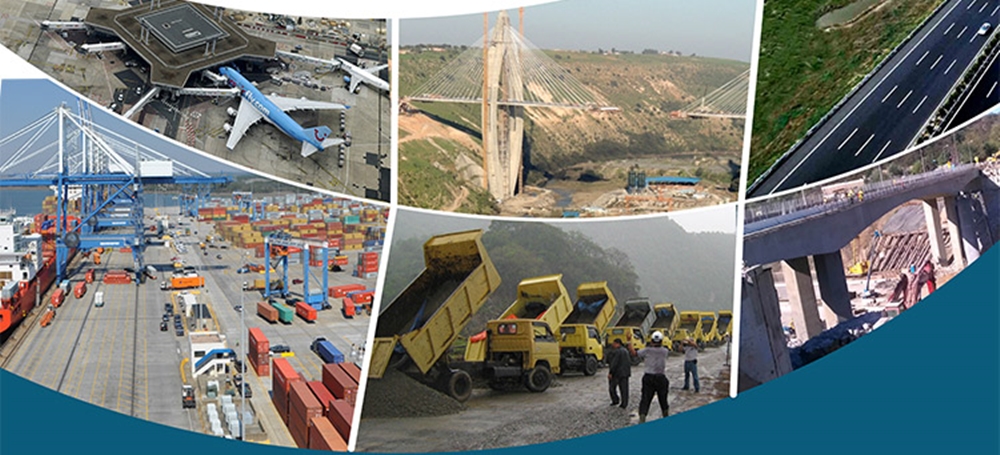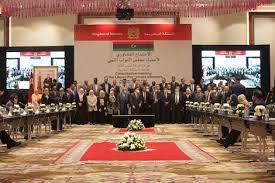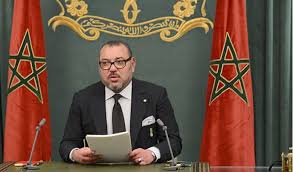Morocco is celebrating this week the 23rd anniversary of the enthronement of King Mohammed VI, an occasion to zoom on the achievements made by the country under a forward-looking King whose vision is putting the kingdom on track of modernity.
When the current king succeeded to his father in 1999, Morocco had a GDP of about $42 billion. Twenty-three years later, Morocco’s GDP increased more than threefold to stand at $132 billion, a figure that is poised to be bolstered as Morocco adopts a new development model aiming to double its GDP per capita in 15 years.
The King spurred most structural infrastructure investments in the country from the large highway network to the high-speed train and world-class ports. Tanger Med port in particular had grown to become the largest in the Mediterranean and Africa, acting as a magnet for large-scale industrial investments including by automotive giants such as Renault.
Now the automotive sector is Morocco’s top industrial exporting sector as the country plans to replicate similar successes in the aerospace and pharmaceutical sectors.
Since he took power, the King urged the successive governments to bolster the agricultural sector both in terms of domestic supply and exports. Thanks to the Green Morocco plan, Morocco was able to bolster its sales becoming a key supplier to Europe, while it meets most needs of the domestic market.
Tourism has also grown in the past two decades with the milestone of 13 million tourists who visited the country in 2019 injecting $8 billion in hard currency to the economy. Tourism is now recovering from the impact of the pandemic.
Under the rule of King Mohammed VI, Morocco knew how to capitalize on the world’s largest phosphates reserves moving from a mere exporter of raw material to a key player in the vital fertilizers market.
The country is now playing a crucial role in helping countries across the world meet their food security needs as it continues expanding its fertilizers industry. Last year, fertilizers represented 62% of all OCP- the state-owned phosphates company- sales.
In terms of energy, the King ushered an ambitious strategy based on renewables with the launch of Ouarzazate solar complex that now hosts the world’s largest CSP plant. Thanks to such a future-oriented vision, Morocco is a model in Africa and the Mediterranean aiming to produce 52% of its electricity from renewables by 2030.
The King has extended a helping hand to Algeria and called on multiple occasion for an integrated Maghreb but all calls fell on deaf ears of the Algerian military junta bogged down on a zero-sum game and cold-war mentality.
Morocco looked elsewhere to Africa bolstering investments there to become the second largest African investor in the continent. The King toured more than 40 countries bolstering the Kingdom’s economic ties with African nations.
Now Morocco plans structural projects under the leadership of the King including the gas pipeline that is expected to channel Nigerian gas across the Atlantic up to the gates of Europe, benefiting energy security and economic integration in West Africa.
In tandem, Morocco had sealed trade deals with the US the EU and Turkey- to mention but a few- making it an attractive platform for investors seeking large markets.
The next steps for the Moroccan economy have been clearly laid down as part of a strategy for the next 15 years: the new development model.
The new model- commissioned by the King- identified five levers of development namely the economy, agriculture, tourism in addition to education and health.


